In particular, there are drums that are mainly depicted with this pattern. For example, in group A are the Quang Chinh drum, Lang Vac II. In group B are the Giao Tat drum, Dong Son IV, Lang Vac IV. In addition, the sawtooth pattern is also depicted on bronze jars, bronze axes, armor and many other artifacts.
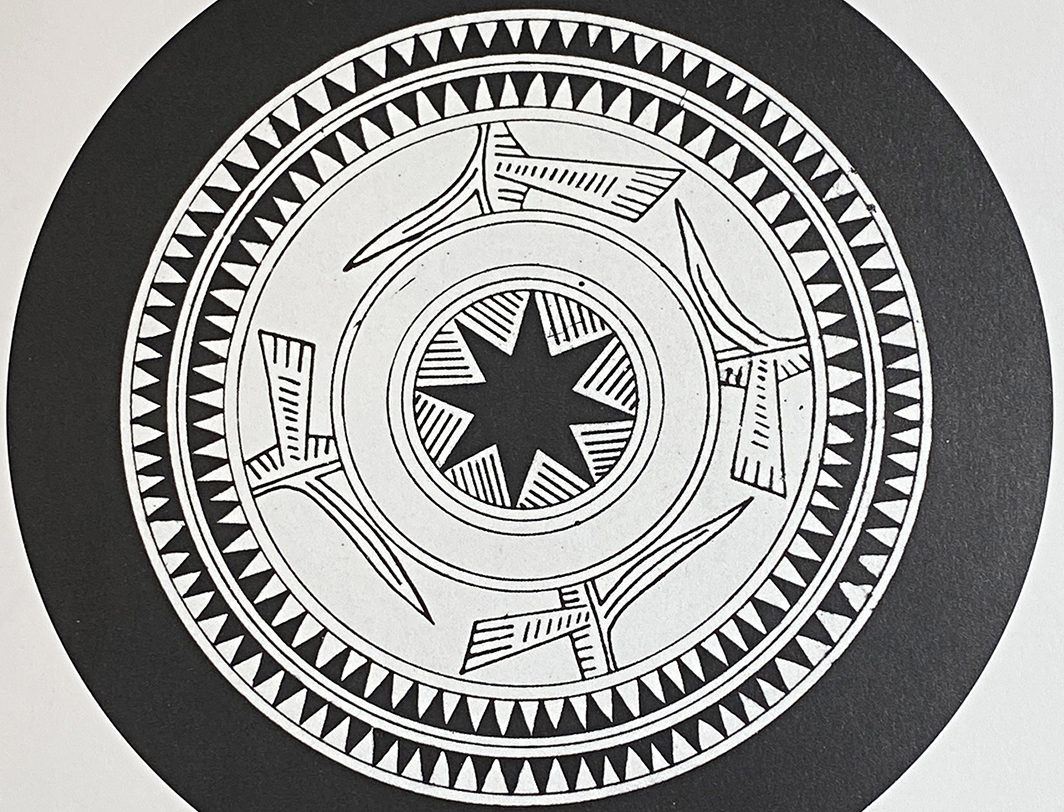
Sawtooth and sunray patterns on Dong Son IV drum
Source: Dong Son drums in Viet Nam
In fact, if we compare this pattern with the sun's rays that are shown briefly, such as the sun on the Lang Vac II, Giao Tat, Dong Son IV, Lang Vac IV, Mong Son drums, especially the Minh Khi drums, it is clear that the sawtooth pattern and the sun's rays are no different. Perhaps this is a way of expressing the idea of respecting the sun in the Dong Son artisans' creation, so they used the sun's rays for decoration to increase the brilliance and sacredness. If so, the sawtooth pattern would be called the sun's ray pattern.
The comb-shaped pattern, with its characteristic of many small and short lines that are almost parallel, looks similar to the teeth of a comb, so it is also called that by researchers. The comb-shaped pattern is also very popularly decorated on bronze drums. There are drums that mainly show this pattern, such as the Dinh Cong drum, Vinh Ninh drum, Da Do I drum, Ha Noi III drum...
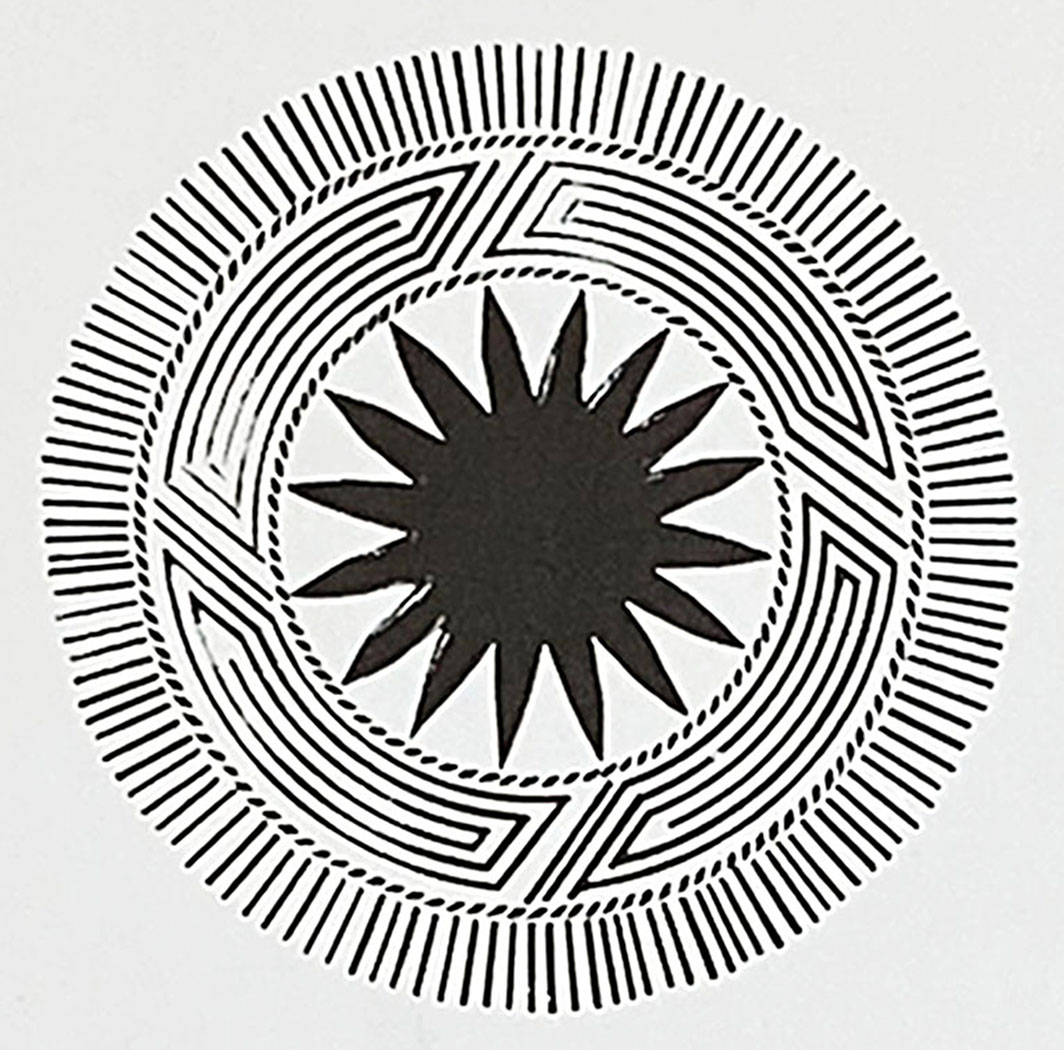
Comb tooth pattern on Tung Lam drum I
Source: Dong Son drums in Viet Nam
In general, through examination, it can be seen that the comb tooth pattern is not only expressed as circles on the drum face and body, but also as rays resembling halos at the tips of the petals and circles with dots in the middle alternating between the sun rays. Especially in the Tung Lam I drum, the pattern also clearly shows the halo rays of the sun (optical phenomenon). Based on the above, we believe that these are the halo rays of chrysanthemums and the sun that ancient artisans expressed. If so, this comb tooth pattern will be called halo rays.
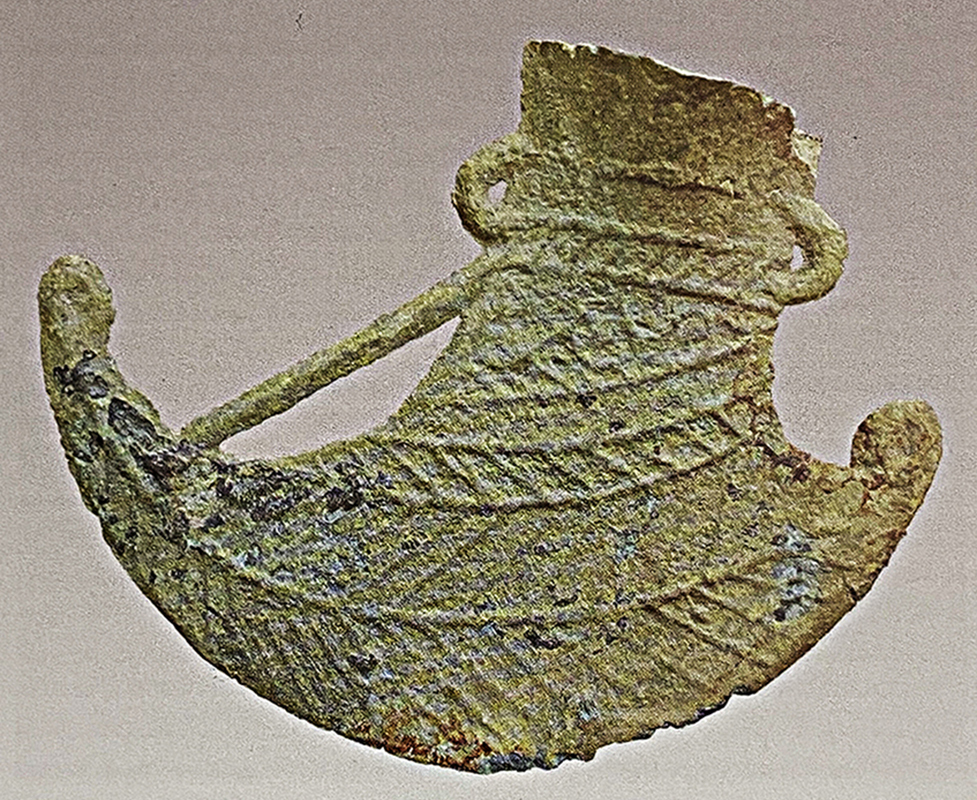
Axe with leaf blade
Source: Thanh Hoa Museum
Axe blade has leaf shape
A cross-blade axe published in the publication Collection of typical Dong Son culture artifacts, Thanh Hoa Museum (p.45) has been said by researchers to have a boat-shaped cross-blade.
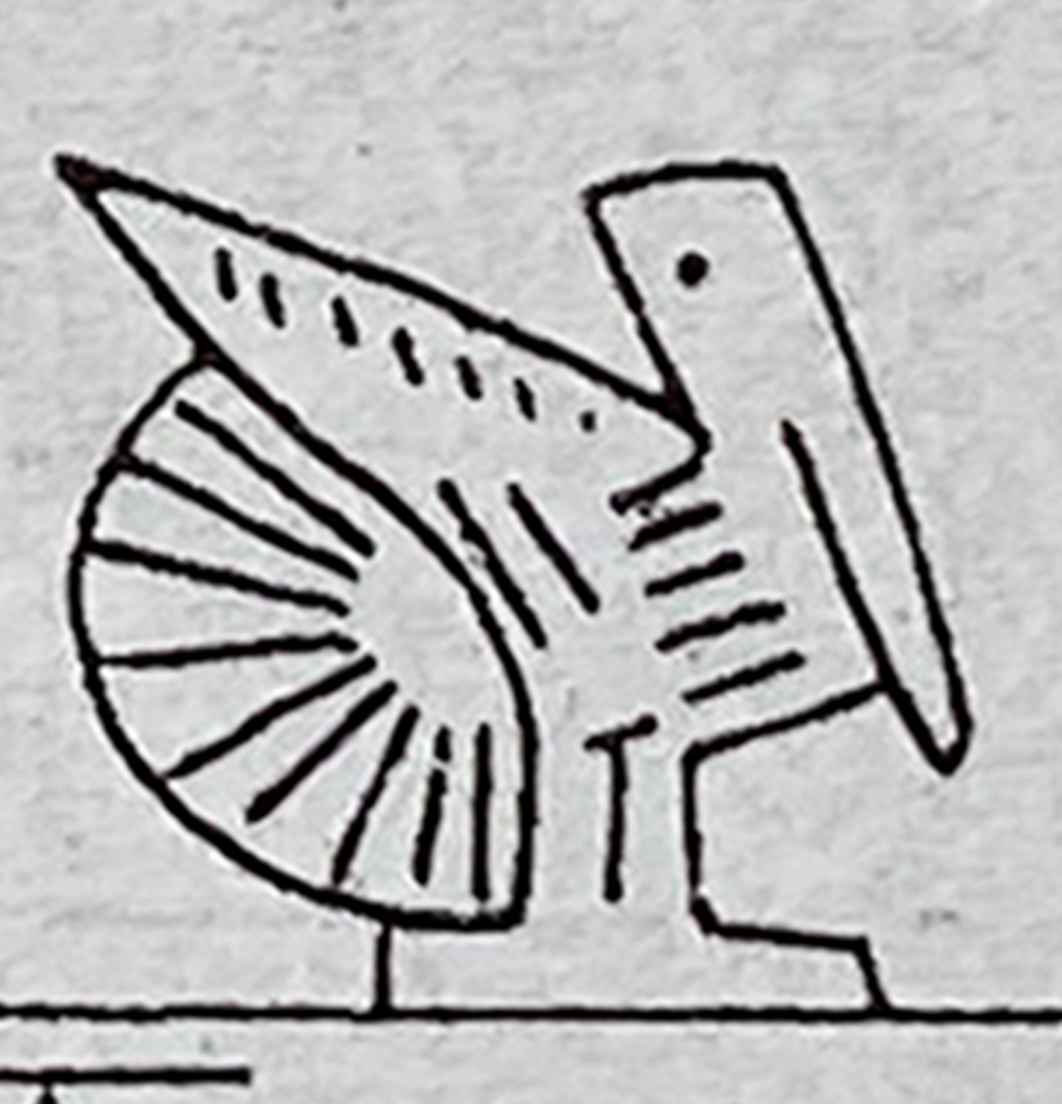
Bird with flower-shaped tail, in Phu Xuyen male
Source: Dong Son bronze drums discovered in Vietnam
However, upon closer inspection, I realized that the blade was shaped like a leaf with all its veins. The interesting thing is that even with a very fragile and weak leaf, the Dong Son artisans were still inspired to apply it to something that was very powerful in cutting. It seems that the shape of the leaf was applied with some sacred meaning of this plant.
Leaf-shaped wings and flower-shaped tail
That is the image of a pelican on some bronze drums. Like the bird images on the Hoa Binh drum, printed in the publication Dong Son bronze drums discovered in Vietnam (p.226), Dong Son artisans intentionally applied the leaf image to the bird's wing. Next is the bird image on the Phu Xuyen drum (also printed in the above publication), a flower image is also intentionally applied to the bird's tail.
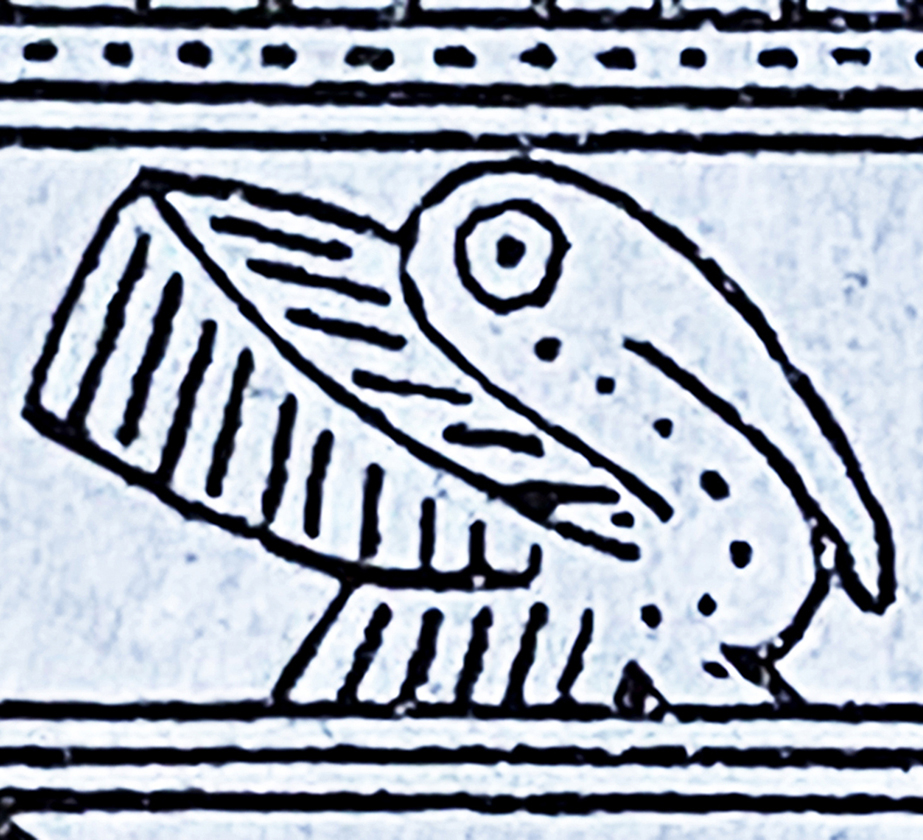
Bird with leaf-shaped wings, in Hoa Binh
Source: Dong Son bronze drums discovered in Vietnam
Regarding this phenomenon, is it possible that the ancient artist’s message was about a sacred plant that transformed into a pelican? And then later in the monarchical dynasties, there were phenomena of chrysanthemums transforming into phoenixes, into dragons…
***
Regarding the decorative patterns on Dong Son bronze drums, the most common are 6 types of patterns: 1/ Concentric circle patterns with dots in the middle or circles with dots in the middle, 2/ Rice-shaped patterns, 3/ Sawtooth patterns, 4/ Comb-shaped patterns, 5/ V-shaped patterns, 6/ Cross-hatched triangle patterns. Of which, only the V-shaped patterns and the cross-hatched triangle patterns have not been deciphered. Regarding these two types of patterns, they are actually only shown in a narrow range, that is, in the middle of the distance between the sun's rays. In particular, there are drums that show both V-shaped patterns and cross-hatched triangles alternating between the sun's rays such as: Phu Xuyen drums (group A), Thiet Cuong, Quang Thang I (group B). Through examination of many drums, it can be seen that they do not have any meaning but are just background patterns to highlight the sun's rays, similar to fish-proof patterns in the art of jewelry.
Regarding the flowers and leaves applied to the axe blade and the bird, this is clearly an intentional attempt to talk about a sacred tree of the Dong Son artisans. With this evidence, it has been shown that the Dong Son culture still has many issues in social and spiritual life that have not been discovered. ( continued )
Source: https://thanhnien.vn/giai-ma-van-hoa-dong-son-hoa-van-hinh-rang-cua-185240628220736839.htm



![[Photo] Vietnamese rescue team shares the loss with people in Myanmar earthquake area](https://vstatic.vietnam.vn/vietnam/resource/IMAGE/2025/4/6/ae4b9ffa12e14861b77db38293ba1c1d)
![[Photo] Military doctors in the epicenter of Myanmar](https://vstatic.vietnam.vn/vietnam/resource/IMAGE/2025/4/6/fccc76d89b12455c86e813ae7564a0af)
![[Photo] Solemn Hung King's Death Anniversary in France](https://vstatic.vietnam.vn/vietnam/resource/IMAGE/2025/4/6/786a6458bc274de5abe24c2ea3587979)
![[Photo] Prime Minister Pham Minh Chinh chairs the regular Government meeting in March](https://vstatic.vietnam.vn/vietnam/resource/IMAGE/2025/4/6/8393ea0517b54f6791237802fe46343b)

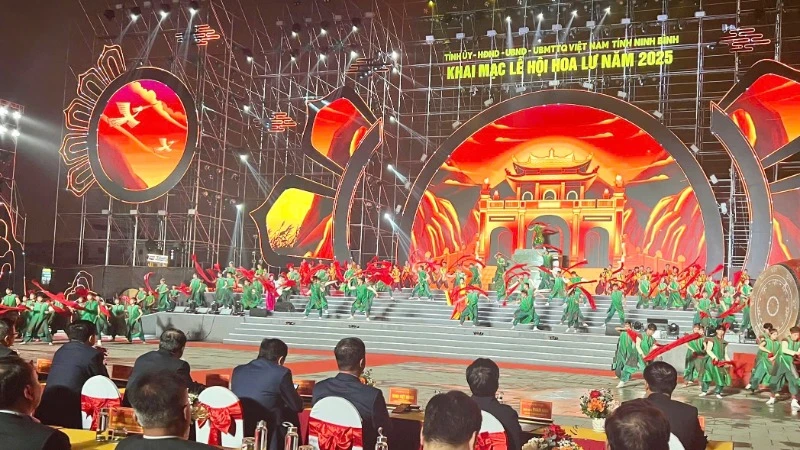
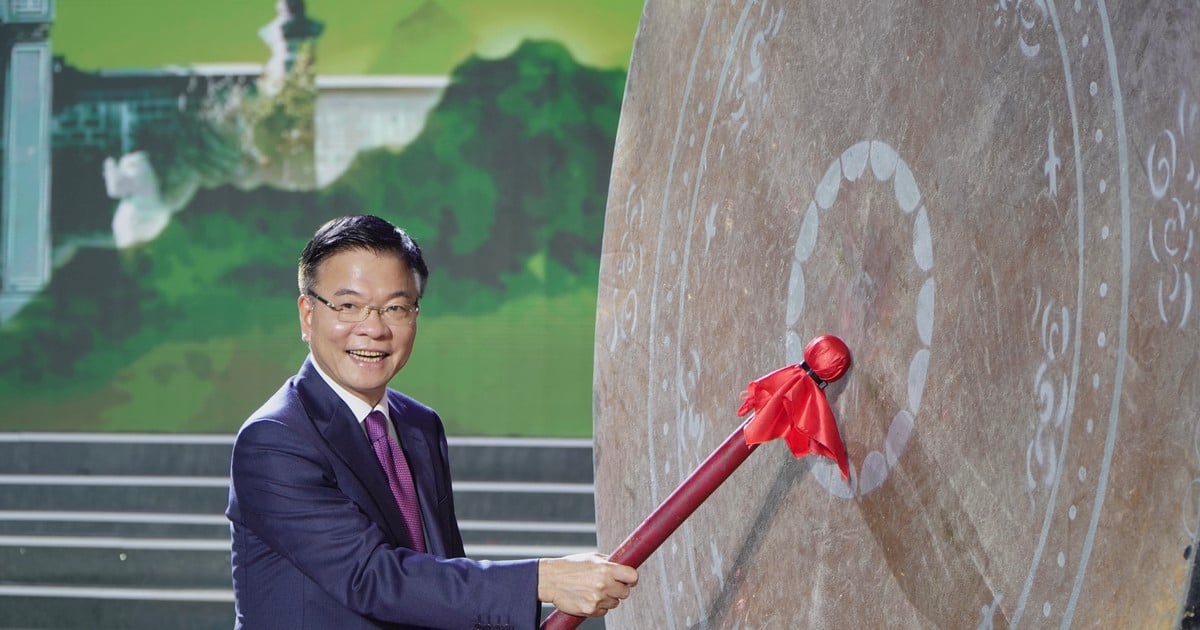










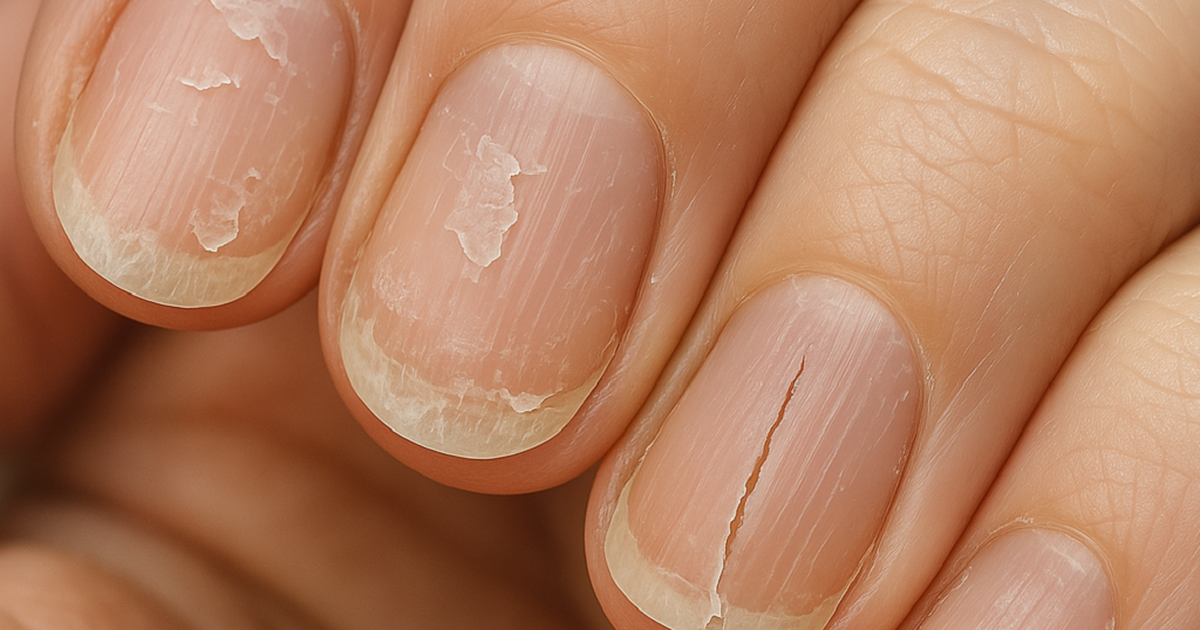





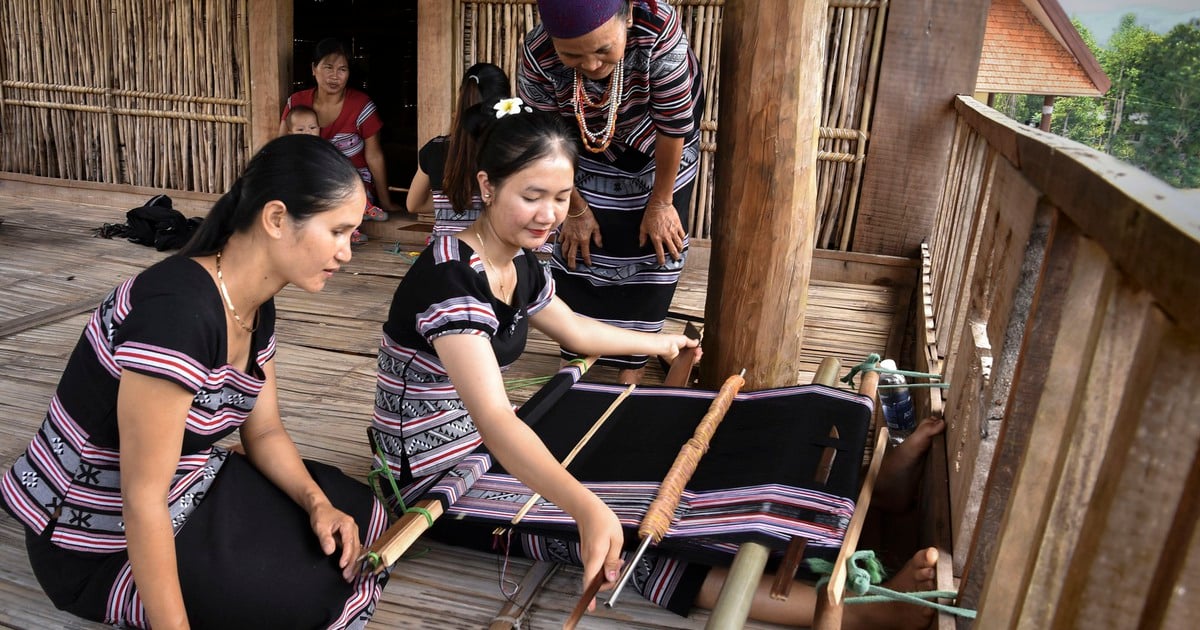








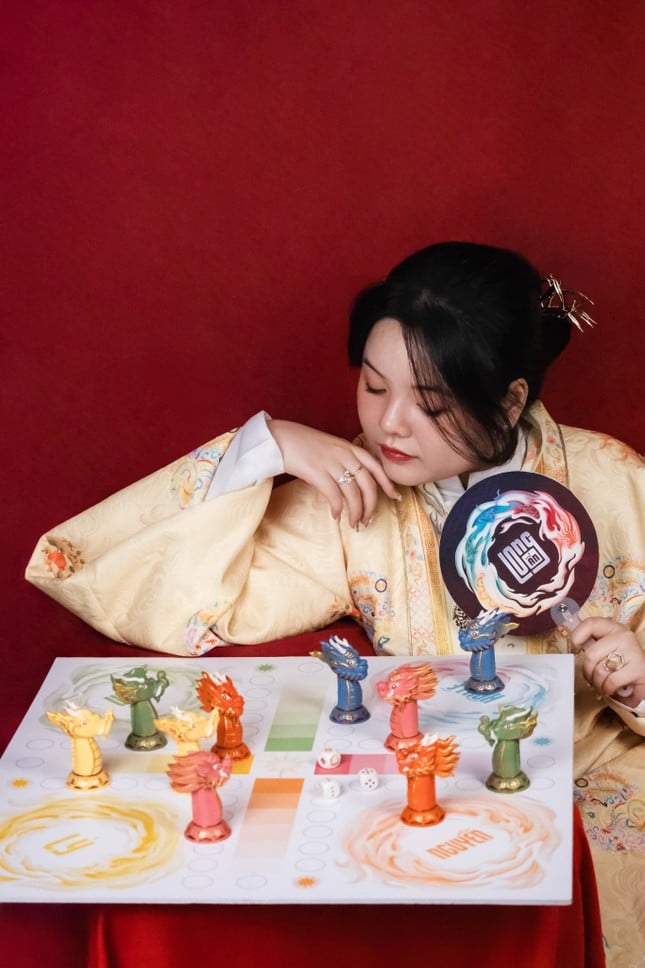







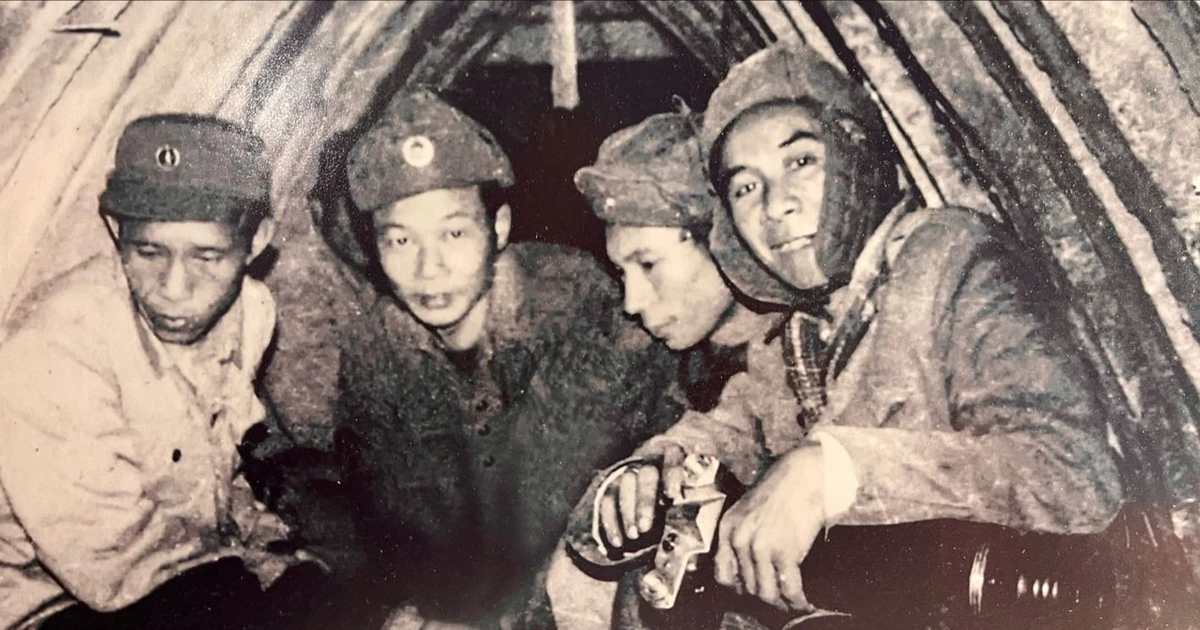









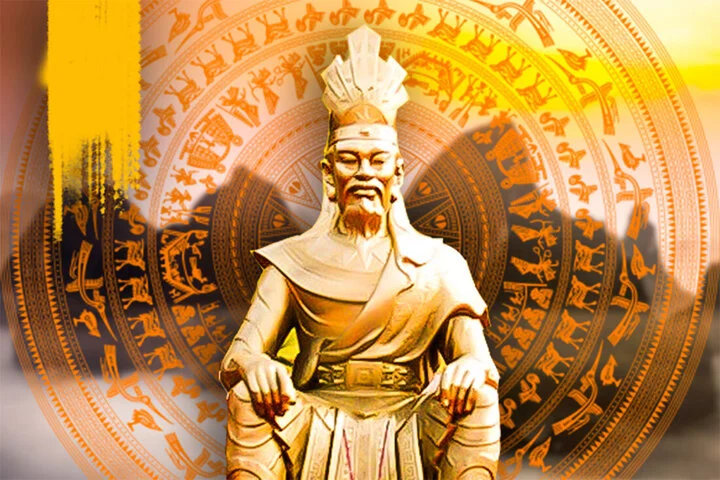














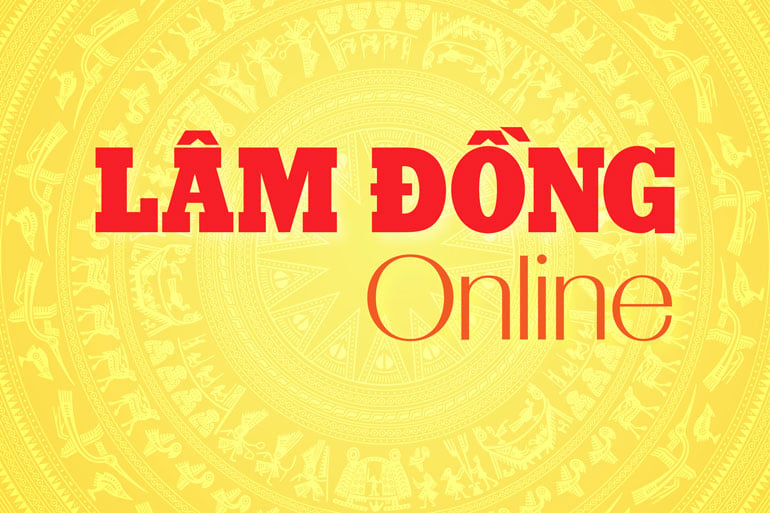




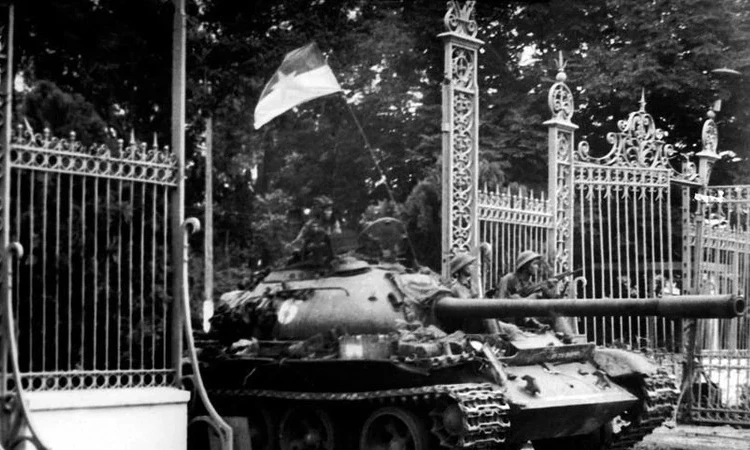



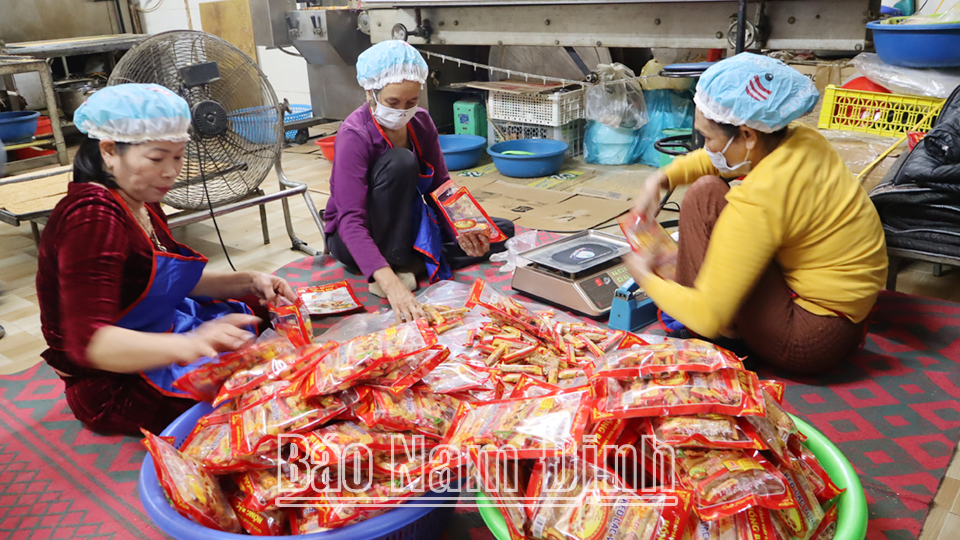





Comment (0)